
|
|
|
| synonym |
|
| description |
Males of this species have an arched pronotum that is black and yellow with some dull red coloring and two narrow irregular dull red transverse bands. The face is black, and the margins and front are a deep rose color. The legs are a yellowish-red. Females are greenish overall, with a yellowish green face and rose eyes. The pronotum is strongly elevated and evenly arched, highest a little forward of the middle. A broad rose band begins on the crest and expands obliquely downwards; there is a broader vertical green band, somewhat triangular in shape, behind the rose band. This is followed by another rose band descending downwards and another green band, again followed by another rose band which covers the apex of the pronotum. The female's body beneath is light green, and the ovipositor is a deep rose/red. The fore wings are hyaline with some reddish veins; the anterior half is light green. The legs are yellowish with some reddish tints. Adult males are 5.75 mm long while females are 5.9 mm. (Kopp & Yonke 1973) |
| distribution |
Eastern and central United States (Kopp) |
| abundance |
Scattered records across the state; very uncommon species and infrequently encountered. Seasonal distribution: 23 April-20 June (CTNC) |
| seasonal_occurrence | |
| habitat |
|
| plant associates |
Quercus alba, Q. prinus (CTNC); also on Q. rubra (CTGSMNP) |
| behavior |
To listen to the male courtship call for this genus, listen here. These courtship calls are not audible to the human ear, and the calls here are produced by recording the substrate vibrations that the treehoppers use to communicate through the plants themselves. The recorded call is then amplified so that it is now audible to human ears. Research has shown that treehoppers use vibrations to attract mates, to announce the discovery of a good feeding site, or to alert a defending mother to the approach of a predator (T.IM) . |
| comments |
|
status |
[Native:]
[Introduced:]
[Extirpated:] | | list_type |
[Official:]
[Provisional:] |
| adult_id | Unmistakable and widely known Identifiable from good quality photos of unworn specimens
Identifiable from photos showing undersides, or other specialized views [e.g., legs, face]
Identifiable only by close inspection of structural features or by DNA analysis NULL |
| nymph_id | Unmistakable and widely known Identifiable from good quality photos, especially where associated with known host plants
Identifiable from close inspection of specimens or by DNA analysis
Identifiable only through rearing to adulthood NULL |
| G_rank |
|
| S_rank |
|
| rank_comments |
|
| tribe |
Smiliini |
| subgenus |
|
Species Photo Gallery for Cyrtolobus auroreus No Common Name |
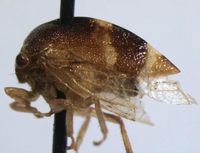 | Photo by: Matthew S. Wallace
Out Of State Co.
Comment: |  | Photo by: Margarita Lankford
Orange Co.
Comment: originally reported to iNaturalist; female |
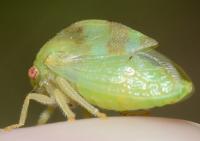 | Photo by: Margarita Lankford
Orange Co.
Comment: originally reported to iNaturalist; female | 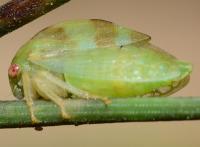 | Photo by: Margarita Lankford
Orange Co.
Comment: originally reported to iNaturalist; female |
|

 »
»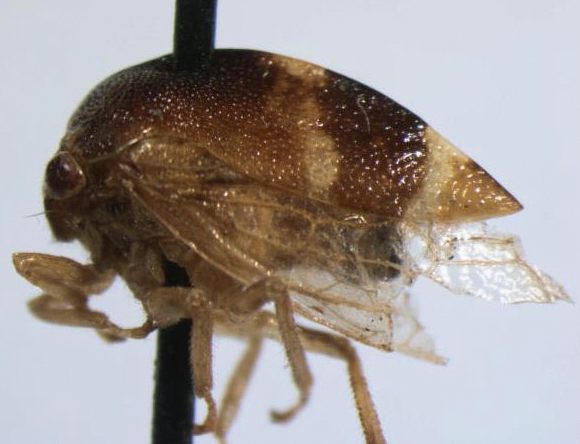
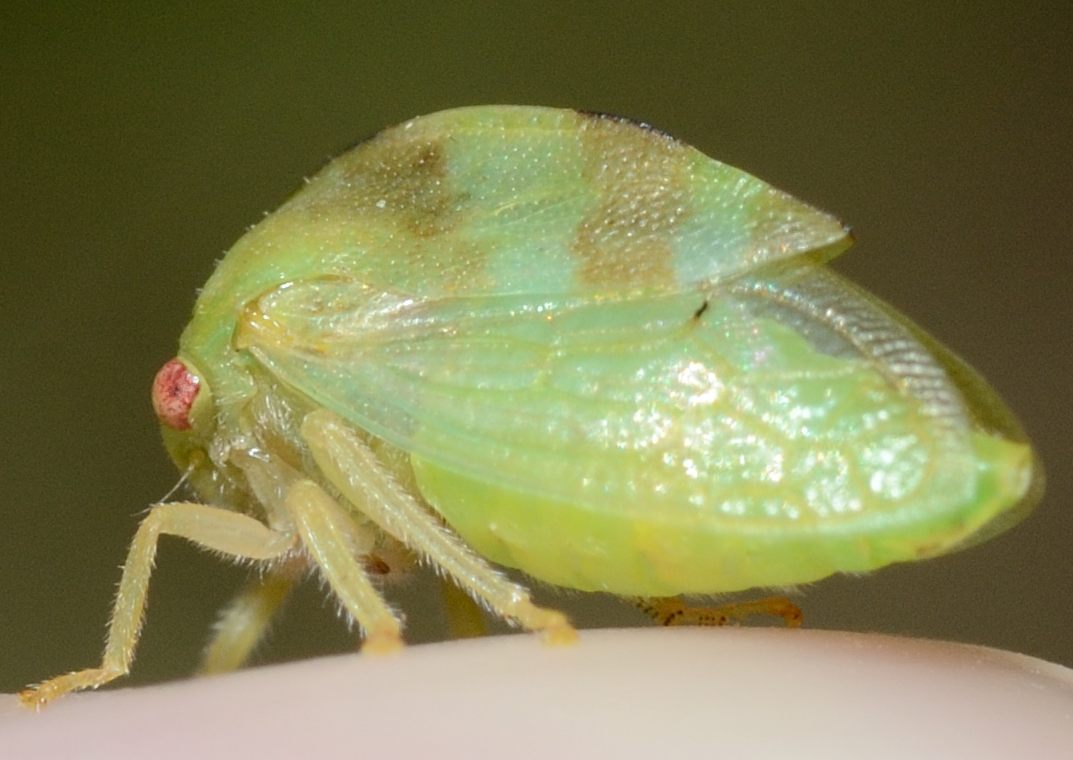


 »
»

